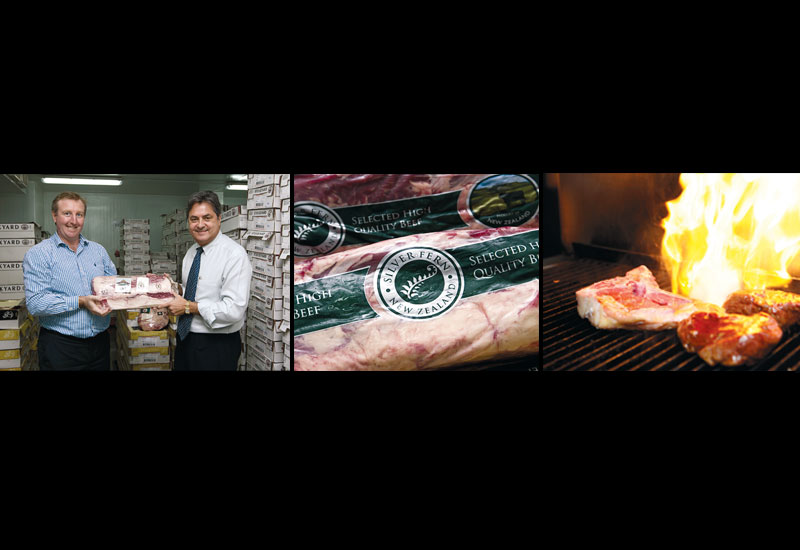With limited access to local agricultural markets and now the economic downturn to contend with, the region’s restaurants face certain challenges sourcing a good variety of top-quality meat products. Ben Watts tackles some meaty issues facing the industry
In spite of the economic downturn, demand for high-quality meats remains high across the Middle East, as demonstrated by the ever-growing number of steakhouses and meat-concept restaurants.
But as economic conditions forces the F&B market to re-evaluate such offerings, are customers shifting towards cheaper alternatives — and must kitchens start looking locally for products?
The local market
As a US concept, The Monarch Dubai’s Ruth Chris Steak House stocks only prime meat from the US, with executive chef Paul De Visser explaining that it would be difficult to find the right meat products locally.
“In Dubai they call many products local,” says De Visser. “But pretty much everything apart from dates is flown in.
“However suppliers here are well organised, so the quality is available even if potentially cheaper local options are not.”
The Meat Co executive chef — Middle East, Roy Soundranayagam, maintains that certain local options are available, but notes certain products are more financially viable than others.
“The only thing we buy from this region is chicken, everything else has to come from the US, South Africa, Australia or New Zealand,” he says.

| Advertisement |
“I would always prefer to buy free-range chicken, but it comes down to price. If you go to the supermarket you can spend AED 18 (US $5) on a locally-produced chicken or you can buy a free-range chicken from France for AED 98 (US $27).
“There are goats available in this region as well, but they probably don’t provide enough meat even enough for the locals; and the other option is camel meat,” he continues.
“I actually tried some camel biltong with one of our suppliers, but it’s not cheap. For one kilo of camel biltong it would cost us about AED 140 (US $38), whereas beef biltong ranges from around AED 28 (US $7) to AED 35 (US $9).
“I was going to introduce camel biltong. In the end it was too expensive and we were concerned no one would buy it — but the idea’s still at the back of my mind.”
Country Hill International director of sales and marketing Hamish McKerrow points out that the Middle East’s agricultural resources cannot support the burgeoning hospitality and retail markets.
“The region lacks water, grasslands and cereal grain production, all vital ingredients for the development and production of livestock,” explains McKerrow.
“In my opinion, an active Middle East farmed livestock market is not about to develop any time soon.
“Livestock such as sheep are processed locally within the region, but even this market segment is supported by the importation of live sheep from Australia and selected other countries.”
McKerrow maintains that the region will continue to be a major importer of whole primal meat cuts as it attempts to meet the demand of restaurants and the retail market.
Around the world
As it is accepted that the region’s F&B outlets will shop for the vast majority of their meat abroad, the supplier network has grown to provide kitchens with meat from a variety of sources, from Chile to Australia.
This presents a series of logistical challenges, with many suppliers citing both quality and regulations as the biggest issues facing meat suppliers.
Cuisine Solutions’ business development manager for on-board services, Bhasker Raghav, suggests going direct to the source helps solve the quality issue.
“It is very difficult for meat suppliers to provide consistent, quality products at a steady price,” notes Raghav.









 Search our database of more than 2,700 industry companies
Search our database of more than 2,700 industry companies









